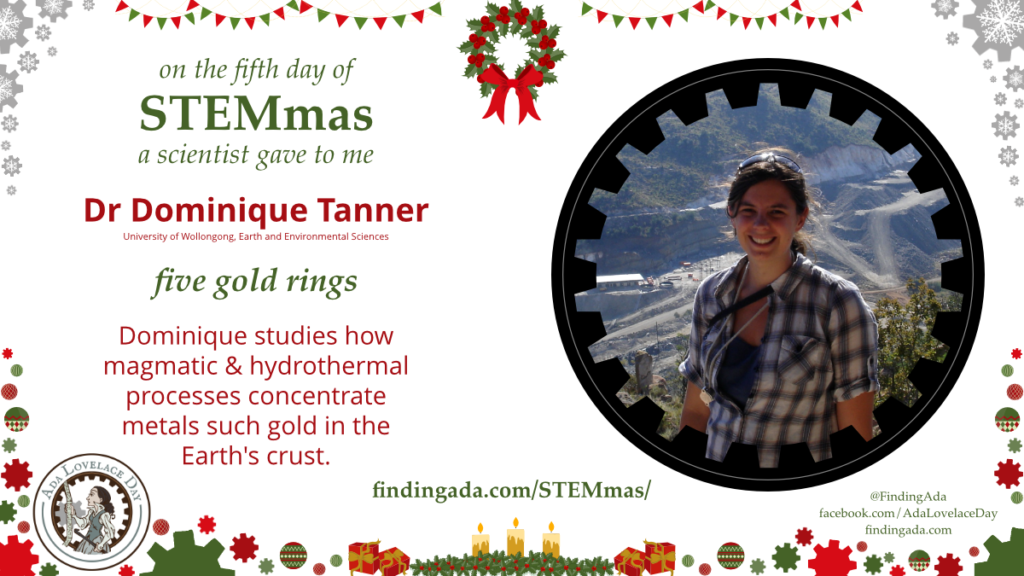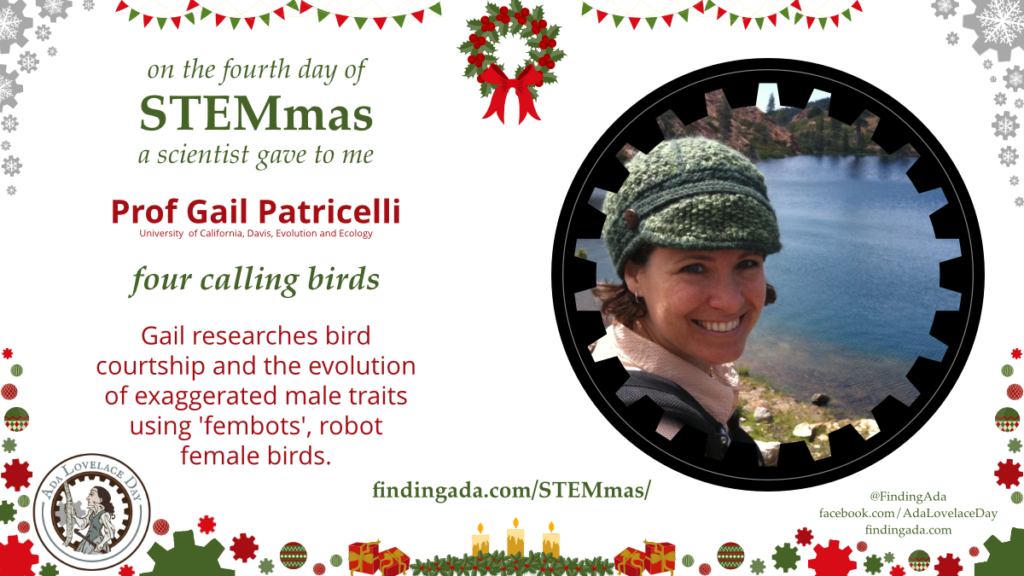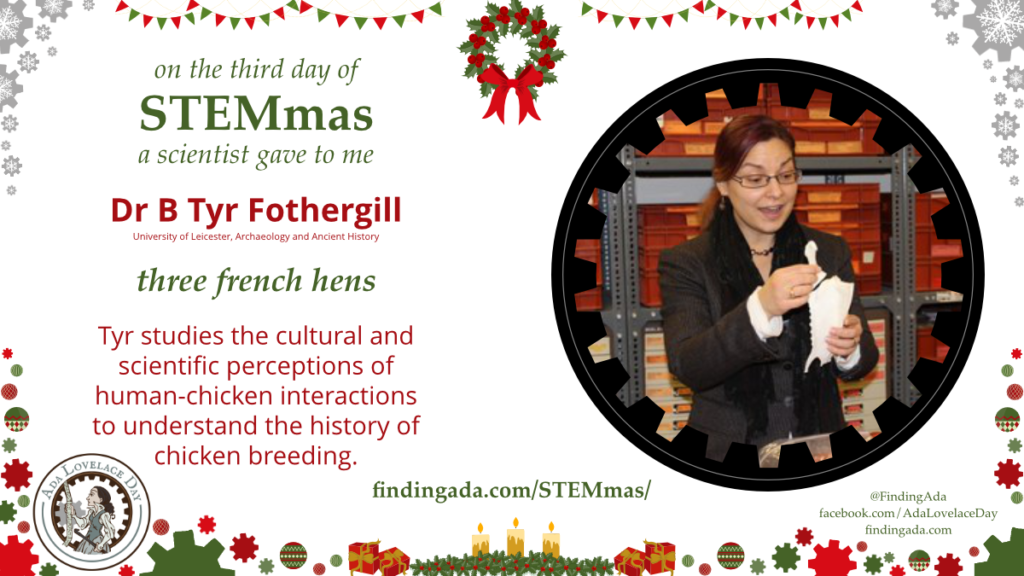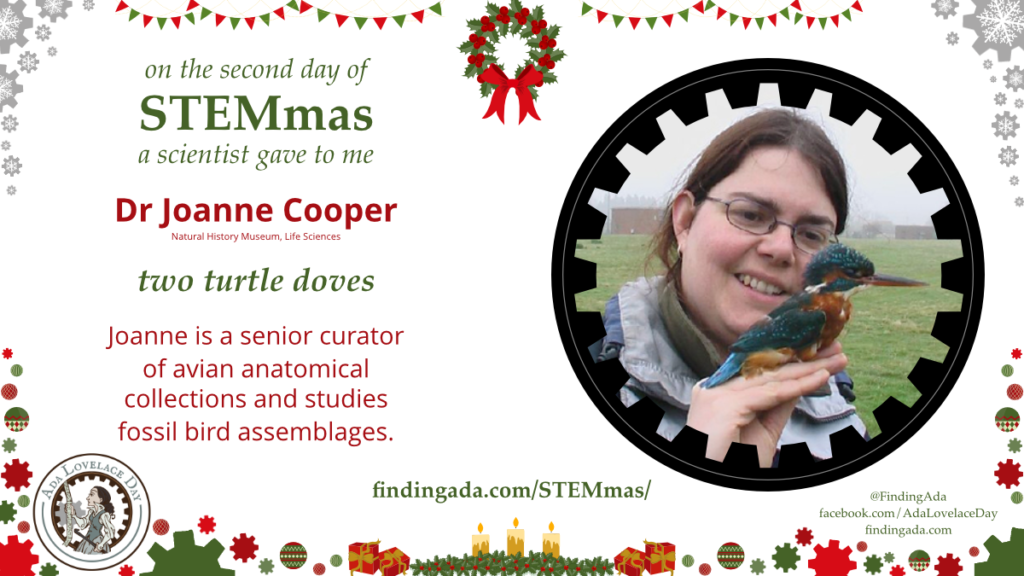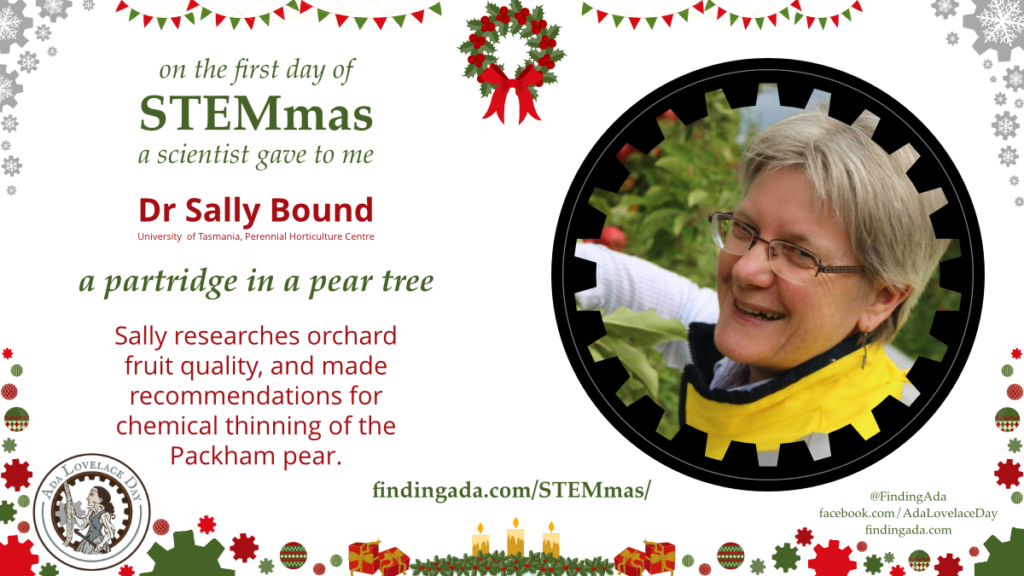Our fifth terrific woman in STEM is Dr Dominique Tanner, who studies how metals like gold are concentrated by volcanic processes.
Dominique says that her “research passion is using petrology and geochemistry to understand how magmatic and/or hydrothermal processes create economic concentrations of metals in the Earth’s crust”. She uses tools like “electron microscopy, mass spectrometry and spectroscopy to investigate metallogenesis and characterise complex mineral assemblages.” She is also “passionate about promoting Earth sciences through tertiary education and outreach.”
Twitter: @DrDomTanner
